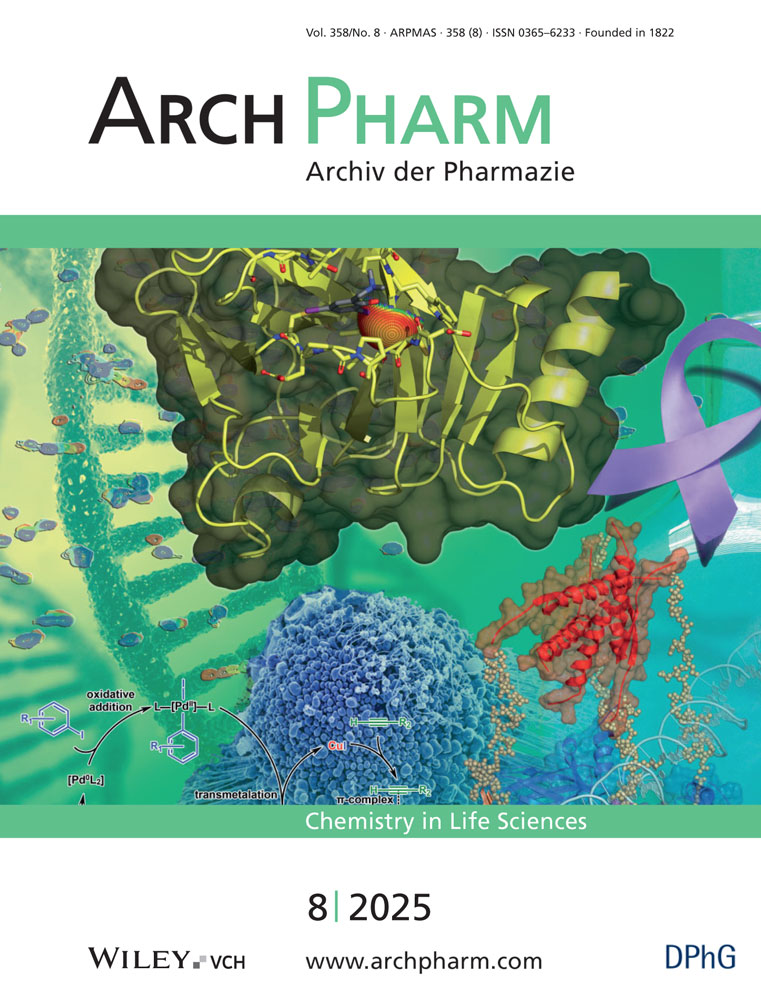Anticoagulante Isoxazolidin-3,5-dione
Abstract
deEs wurden zwölf Isoxazolidin- und drei Pyrazolidin-3,5-dione synthetisiert und auf anticoagulante Wirkungen geprüft. Nach einmaliger oraler Verabreichung von 330mg/kg war das 4-Butenylidenisoxazolidin-3,5-dion 1h in der Lage, den Prothrombinspiegel bei Ratten nachhaltig (12–48h) auf weniger als 25% der Norm abzusenken. Aus den Ergebnissen wurde gefolgert, daß eine Ringöffnung des Heterocyclus durch nucleophilen Angriff der Vit-K-Epoxid-Reduktase ein essentielles Kriterium für anticoagulante Wirkungen ist. Die Enolisierbarkeit beteiligter Carbonylfunktionen ist dagegen nicht erforderlich.
Abstract
enAnticoagulant Effects of Isoxazolidine-3,5-diones
Twelve isoxazolidine-3,5-diones and three pyrazolidine-3,5-diones were synthezised and tested for anticoagulant activities. After a single oral dose of 330mg/kg of the 4-butenylideneisoxazolidine-3,5-dione 1h the prothrombin levels achieved in rats were below 25% of normal (12–48h). This suggests that ring cleavage by nucleophilic attack of enzymes involved in anticoagulant action is an essential requirement for oral anticoagulants. On the other hand it is not necessary that carbonyl groups in anticoagulant molecules are able to exist in the enolized form.




